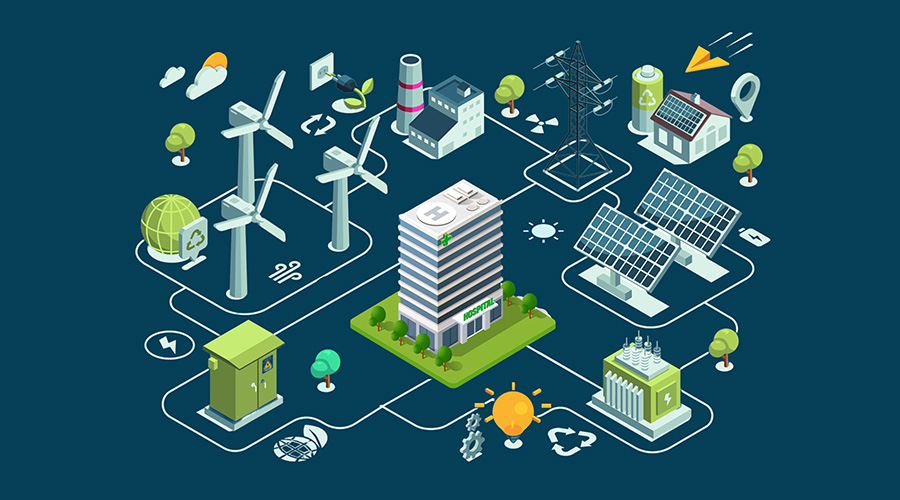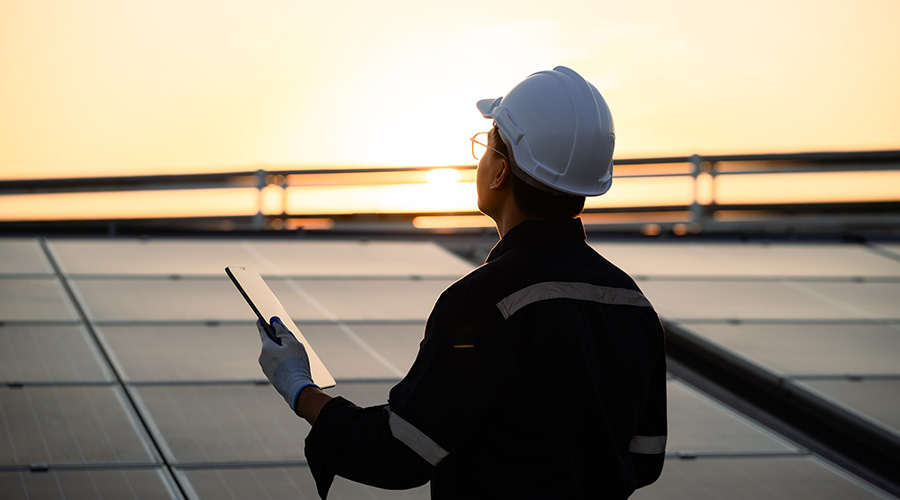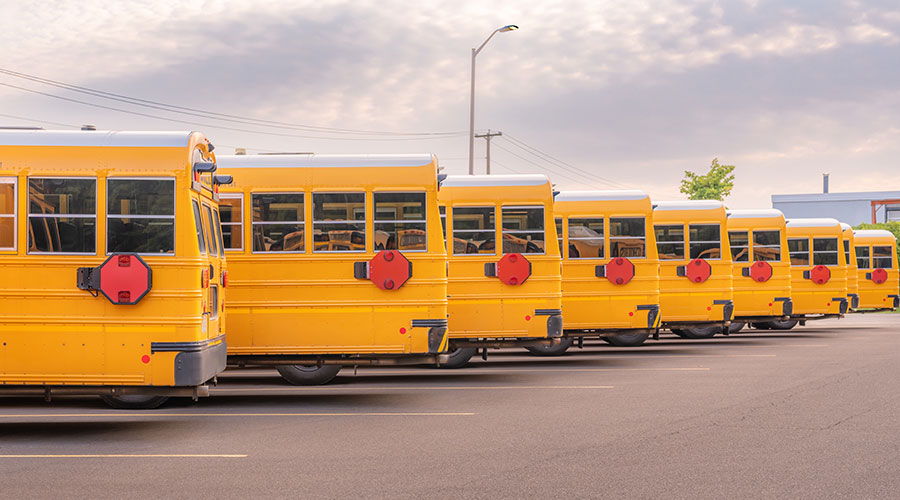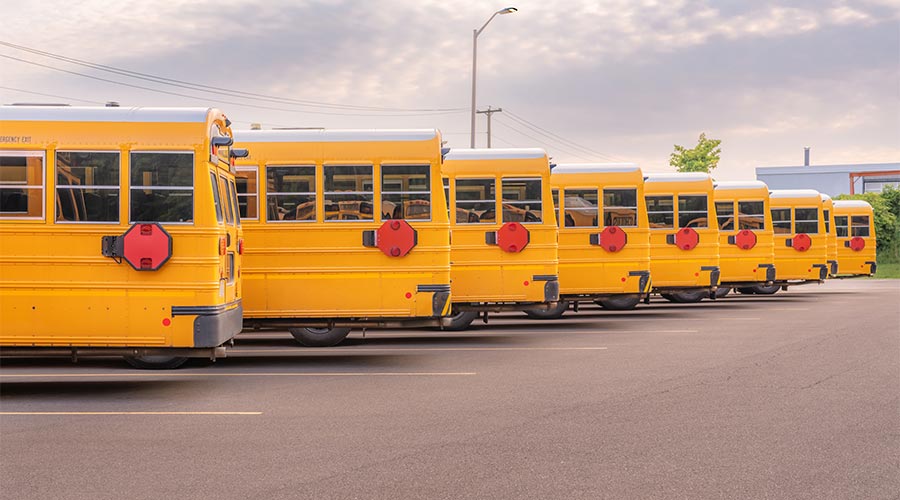Top Ten Sustainable Buildings List Released
A list of the top ten sustainable buildings has been released in honor of Earth Day, April 22, by the AIA Committee on the Environment (COTE).
By CleanLink Editorial Staff
A list of the top ten sustainable buildings has been released in honor of Earth Day, April 22, by the American Institute of Architects Committee on the Environment (COTE).
The selected projects address significant environmental challenges with designs that weave architecture, technology and natural systems. This year’s COTE top ten include a model single-family home, sustainable master plan and library, two nonprofit headquarters, a school and a water treatment facility that doubles as a park. In addition, public education of sustainable practices was a key component of most projects.
The COTE top ten jury considered 10 metrics for each project, including sustainable design intent and innovation, regional/community design and connectivity, land use and site ecology, bioclimatic design, light and air, water cycle, energy flows and energy future, materials and construction, long life, loose fit and collective wisdom and feedback loops.
Winning
green projects include:
- EpiCenter, Artists for Humanity, Boston, Mass. This non-profit organization’s building is the first LEED Platinum-certified building in Boston.
- Global Ecology Research Center, Stanford, Calif. The organization reduced their carbon emissions associated with building operations by 72 percent and reduced embodied carbon in building materials by 50 percent.
- Government Canyon Visitor Center, Helotes, Tex. The visitor center was designed to minimize impact on land and water resources by implementing materials and techniques employed by cattle ranchers.
- Hawaii Gateway Energy Center, Kailua-Kona, Hawaii. The visitor complex reduces the need for human-made energy sources by using building form to harness natural energy strategies.
- Heifer International, Little Rock, Ark. The world hunger organization’s building is designed to use up to 54 percent less energy than a conventional office building.
- Sidwell Friends Middle School, Washington, D.C. The plan for the K-12 school includes campus unification through development of coherent landscapes and enhanced pedestrian ciculation.
- Wayne L. Morse U.S. Courthouse, Eugene, Ore. The courthouse reconciled two discordant needs: security and sustainability.
- Whitney Water Purification Facility, New Haven, Conn. The water purification facility is located beneath a public park and features a 30,000 square foot green roof.
- Willingboro Master Plan & Public Library, Willingboro, N.J. The sustainable town master plan and public library pursued an EPA grant for brownfield remediation and achieved an economic turnaround through new development.
- Z6 House, Santa Monica, Calif. The model home for a line of sustainable private residences features movable walls for maximizing daylight.
Related Topics:











